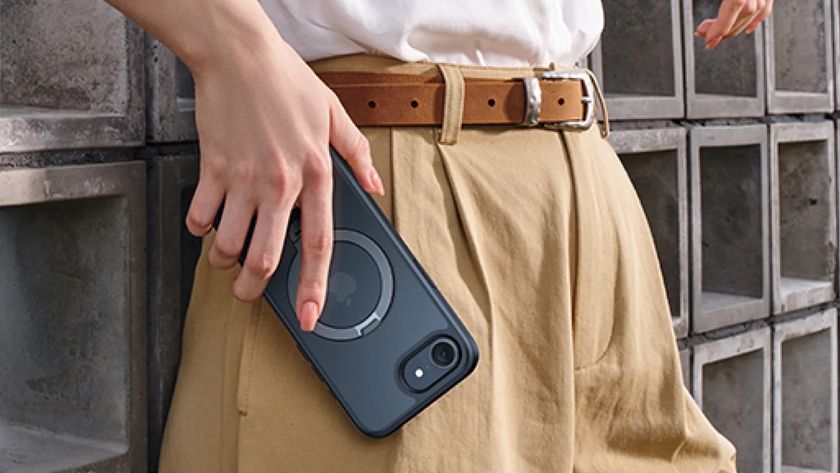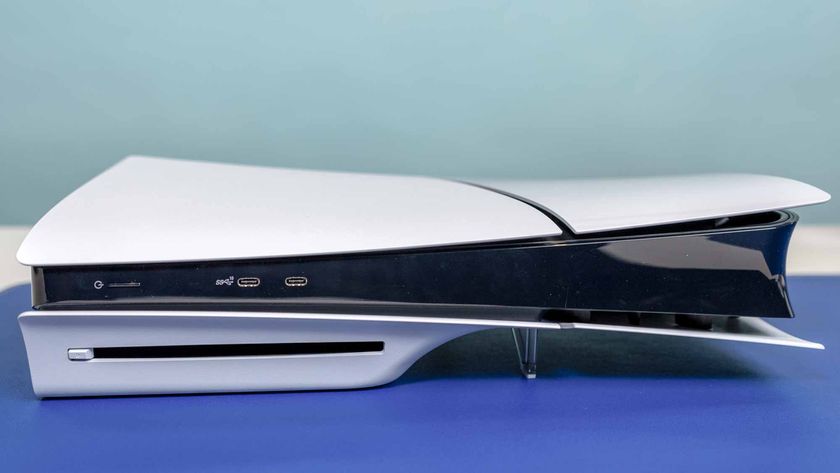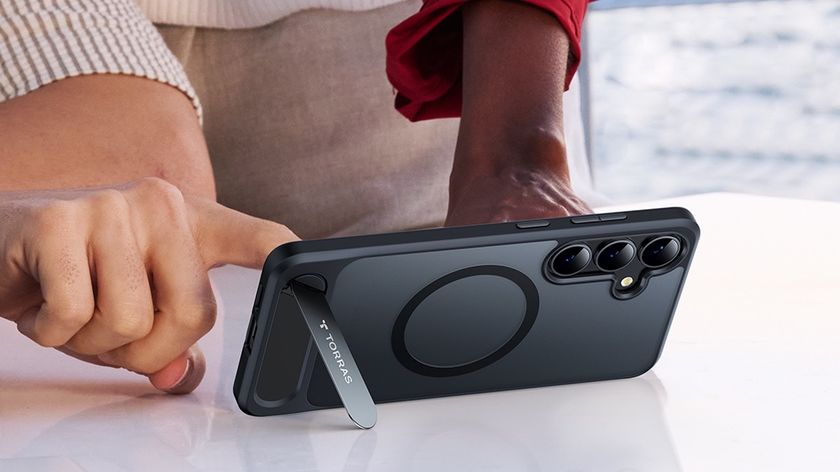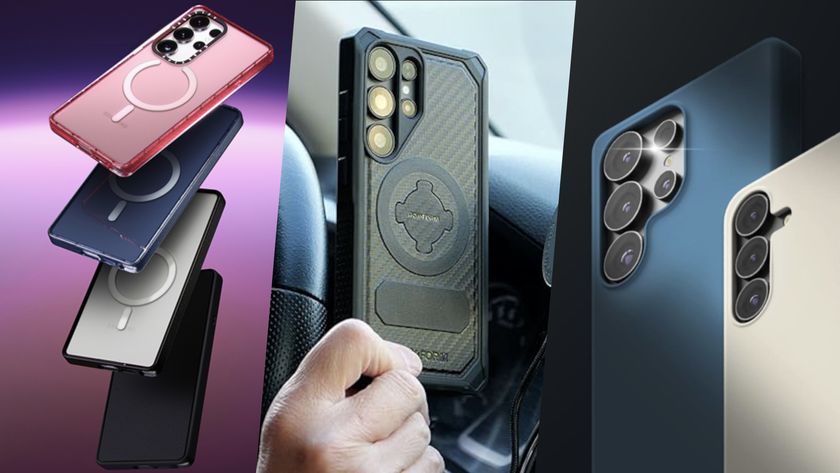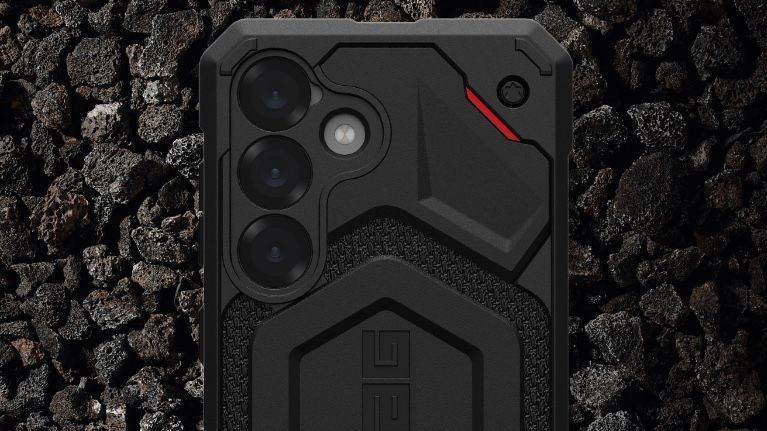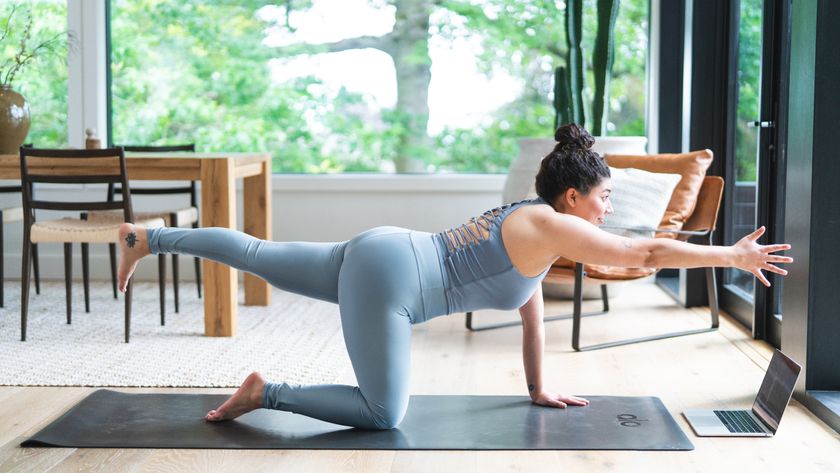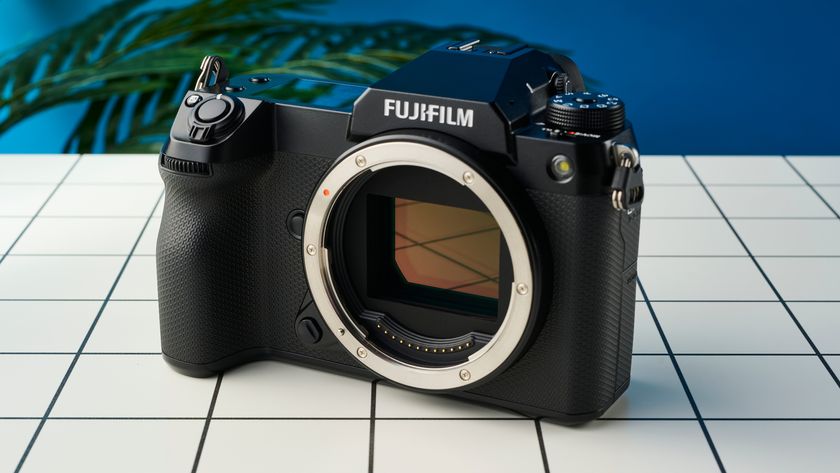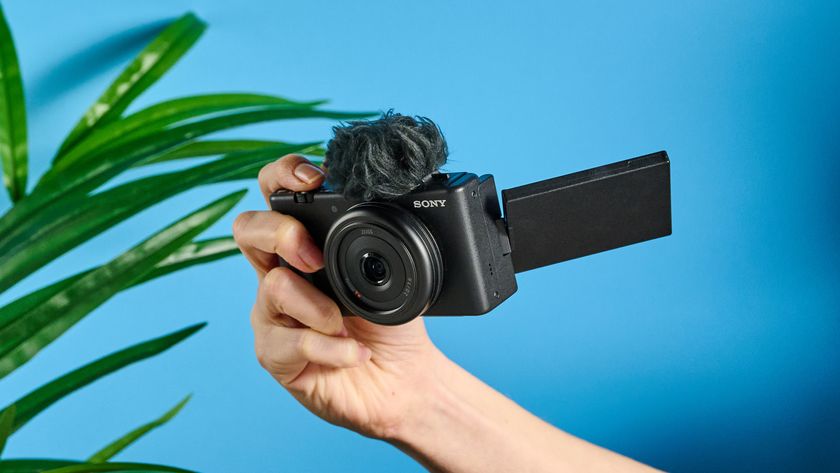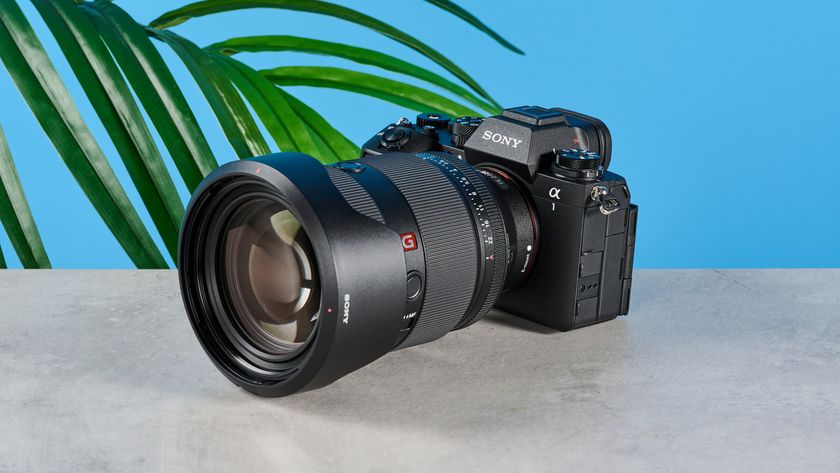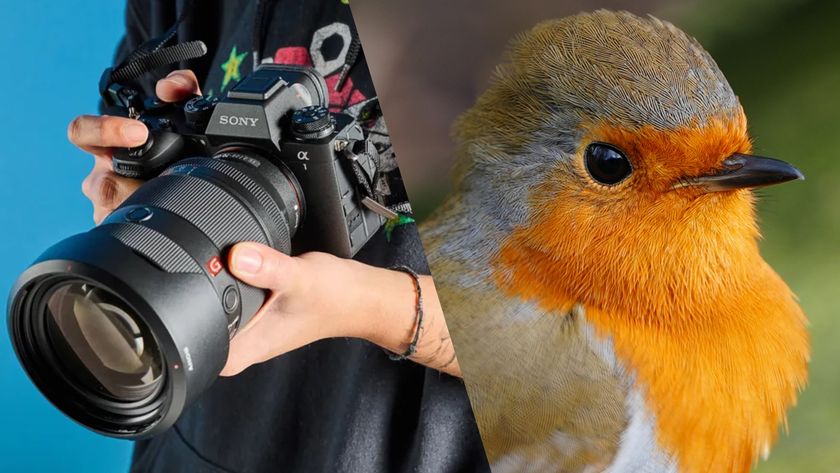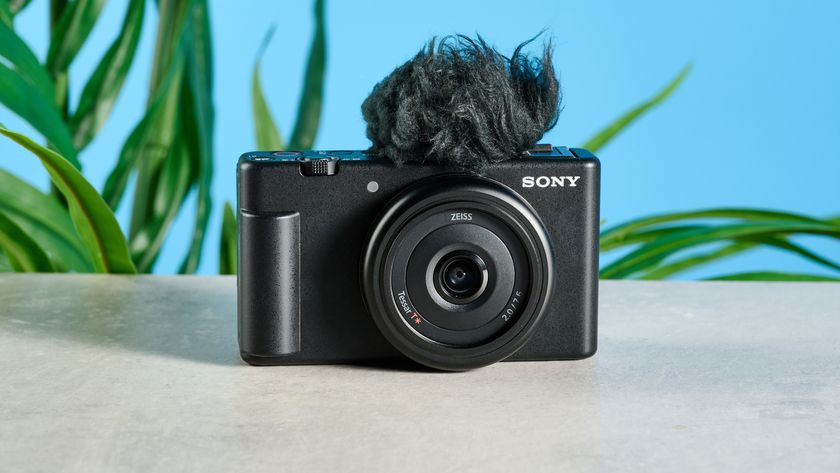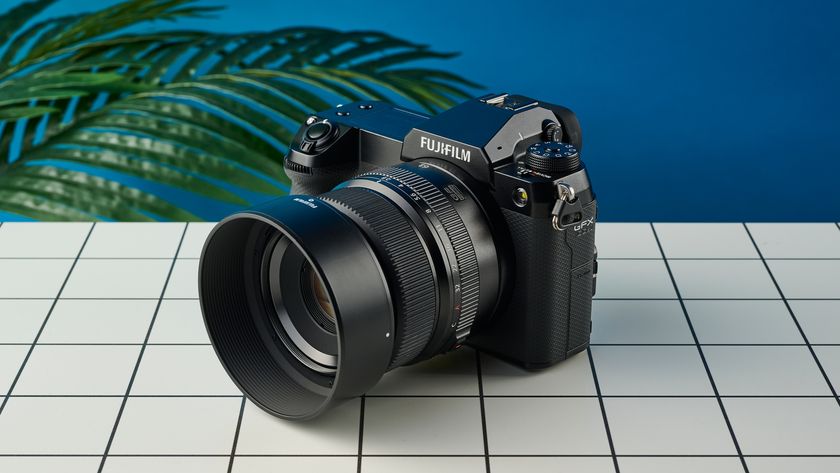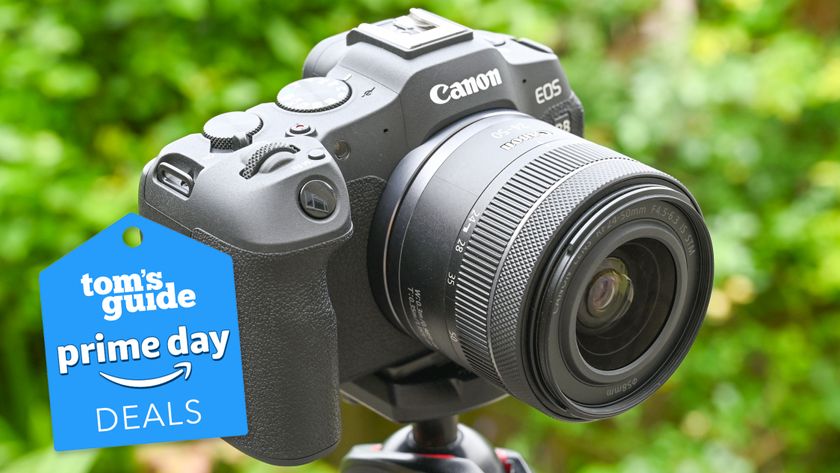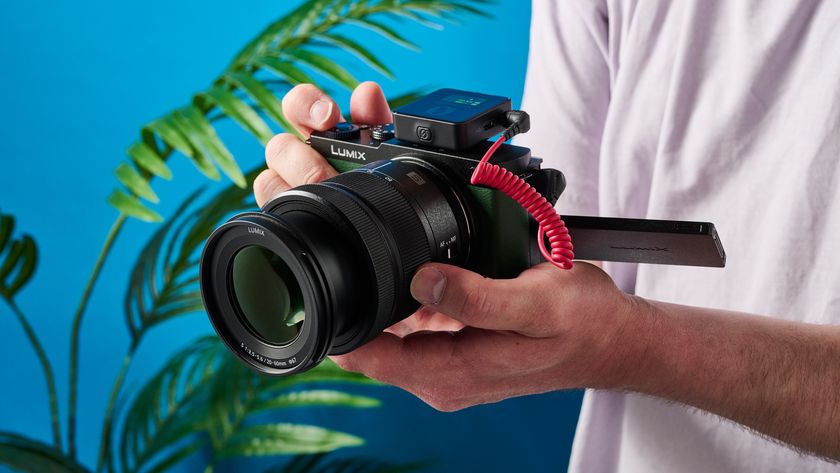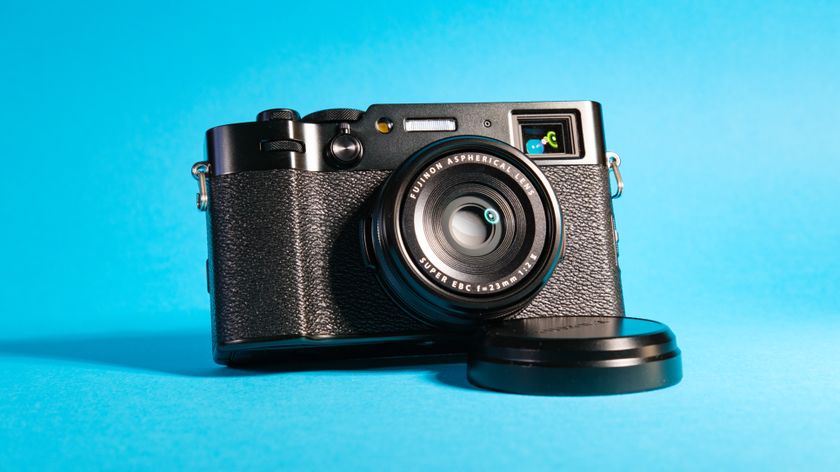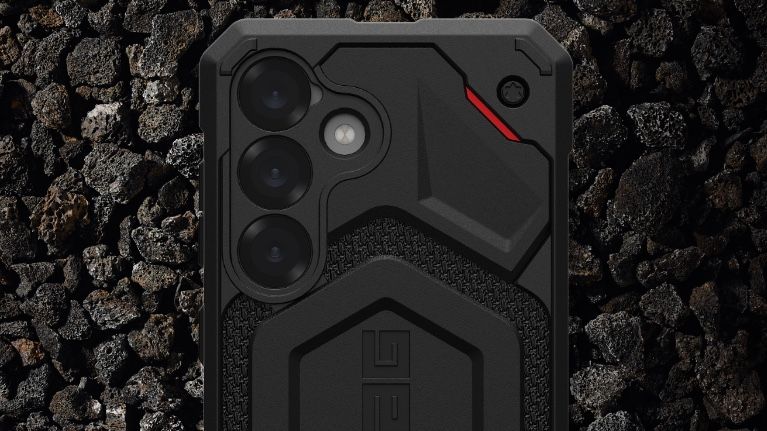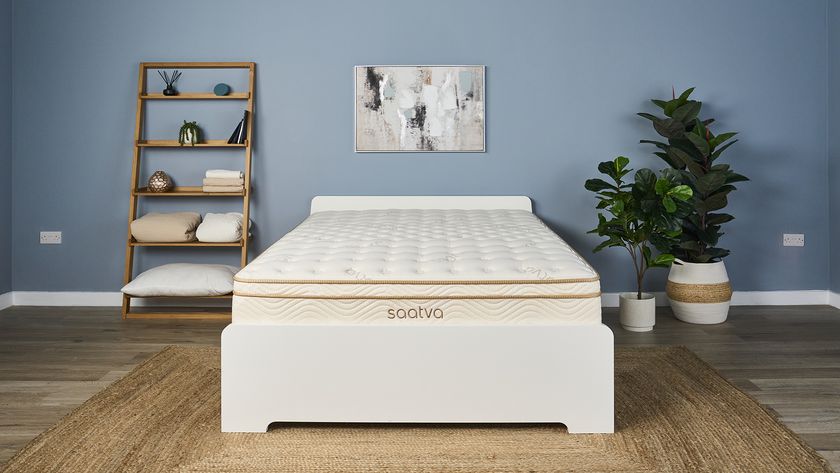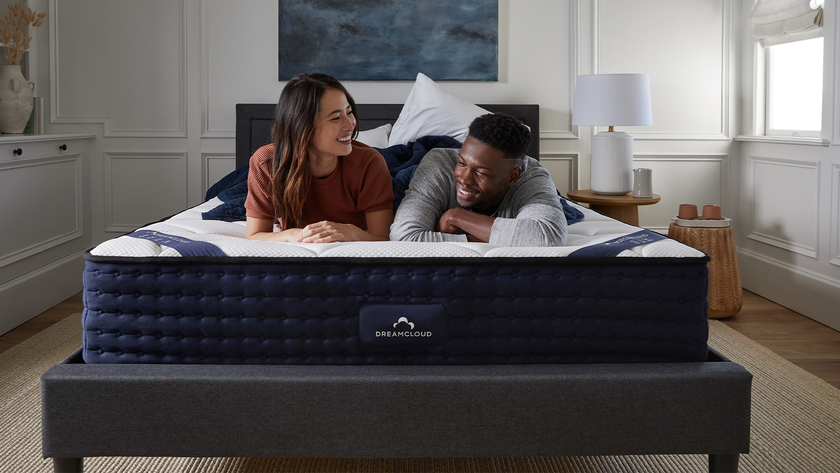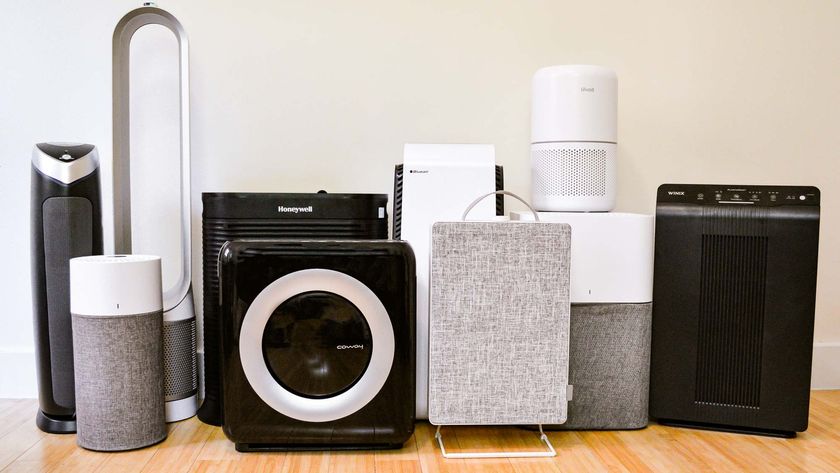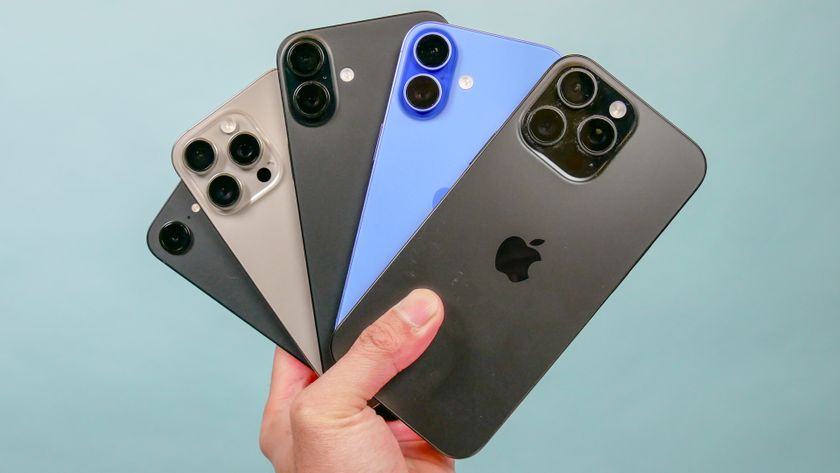Which Sony a6000 mirrorless camera is best for you?
Get the best Sony a6000 mirrorless camera for your needs (and budget).
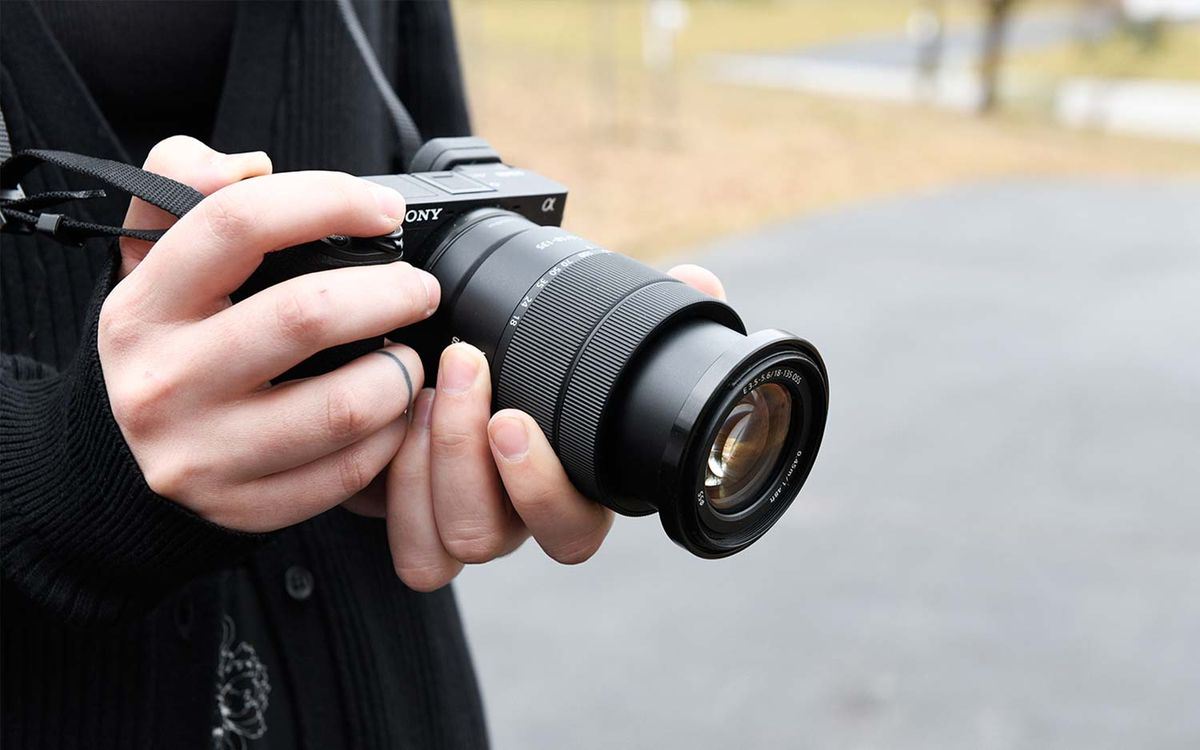
If you're looking for the best Sony a6000 mirrorless camera for you, the good news is that there's lots of choice. The even better news is that we've compiled a guide to help you decide.
Sony's a6000 series of mirrorless cameras all feature an APS-C sensor and have many things in common, but there are a few key differences that pitch each model at a slightly different audience. Use this guide below to find out who and what each camera is best for, so you can work out which to buy.
We've only focused on Sony's a6000 series of mirrorless cameras here. If you'd like to see how some of Sony's professional A7 full frame cameras stack up, we touch on some of those in our best mirrorless cameras guide. We've also only focused on the cameras Sony still sells new in the U.S.
Read on to see the best Sony a6000 mirrorless cameras.
| Row 0 - Cell 0 | Sony A6000 | Sony A6100 | Sony A6400 | Sony A6600 | Sony A6700 |
| Price (body only) | $549 | $599 | $749 | $999 | $1,399 |
| Sensor size (MP) | 24.3 | 24.2 | 24.2 | 24.2 | 26.0 |
| AF (points) | 179 | 425 | 425 | 425 | 759 |
| AF features | Lock-on AF, Eye AF | Real-time tracking, Eye AF, Animal Eye AF | Real-time tracking, Eye AF, Animal Eye AF | Real-time tracking, Eye AF, Animal Eye AF | Real-time tracking, Eye AF, Animal Eye AF, Bird AF, Insect AF, Car/Train/Plane AF |
| Video resolution | 1080p | 4K | 4K | 4K | 4K |
| Stabilization | None | None | None | 5 axis | 5 axis |
| Viewfinder | 1440K SVGA | 1440K SVGA | 2359K XGA | 2359k XGA | 2359k XGA |
| Display | Tilting LCD | 180-up/74-degree down touch screen | 180-up/74-degree down touch screen | 180-up/74-degree down touch screen | Fully articulating touch screen |
| Battery life (CIPA) | 360 | 420 | 410 | 810 | 570 |
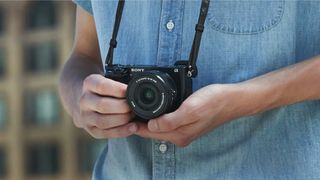
1. Sony a6100
Specifications
Reasons to buy
Reasons to avoid
The Sony a6100 is the best Sony mirrorless camera for most people. Price-wise, it falls in between the more basic a6000 and the pricier a6400, a6500, and a6600, yet you get a good number of features found in the more expensive models.
For instance, the a6100 has real-time tracking, Eye AF and Animal Eye AF, as well as a touch screen that can tilt both up and down. It can also shoot video in resolutions up to 4K.
The chief limitations of the a6100 are its lower-resolution viewfinder, a body that's not as resistant to the elements, and no in-body image stabilization. But for the price, it's the best value.
Read our full Sony a6100 review.
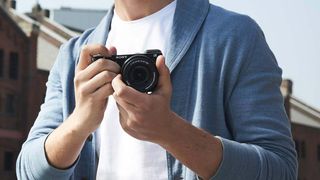
Specifications
Reasons to buy
Reasons to avoid
Now that the a6100 is out, the Sony A6000 is showing its age — it can only shoot video at a max of 1080p, and its rear tilting LCD is not touch-enabled — but for a starting price less than $500 — including the lens — it makes for the best Sony mirrorless camera for beginners.
That's because the a6000 takes great images for the price, and though its menu structure — as with all Sony cameras — is Byzantine, it has a good number of in-camera tutorials for novice shooters.
Read our full Sony a6000 review.
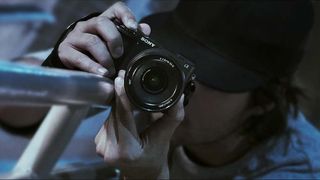
3. Sony a6600
Specifications
Reasons to buy
Reasons to avoid
The Sony a6600 is the successor to the very capable a6500, and not surprisingly has many of the same features that made its predecessor so good: A 24.2MP image sensor, in-body, five-axis image stabilization, which is great not just for low-light handheld photography but also for shooting videos, and a magnesium-alloy body that can withstand dust and moisture.
However, the a6600 has a faster processor, a more robust autofocus system, so it's better able to track moving subjects, and its battery life is more than double that of the a6500. Additionally, the a6600 has a headphone jack, so you can hear what the camera's audio is recording.
Read our full Sony Alpha a6600 review.
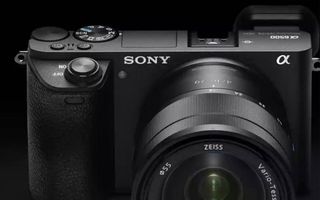
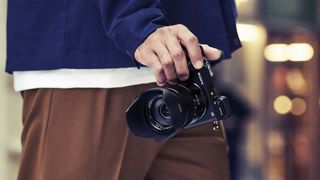
Specifications
Reasons to buy
Reasons to avoid
The a6400 was Sony's first mirrorless camera with a display that could flip 180 degrees vertically, which makes it easier for those taking videos or photos of themselves to compose a shot. However, we found that this feature isn't all that helpful, as the camera's body and lens blocks a good portion of the screen.
The A6400 also lacks in-body image stabilization, making it less of a value than the a6500, which can currently be found for less. However, we found that the a6400 produced excellent photos, good 4K video, and overall was a very good performer.
Read our full Sony A6400 review.
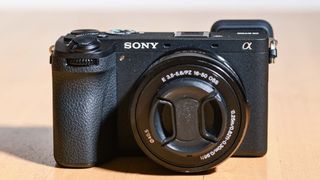
Specifications
Reasons to buy
Reasons to avoid
The ultimate a6000 series camera is the Sony a6700, which is designed with video shooters in mind thanks to its 4K/60 or 4K/120p recording and fully articulating touch screen. This is the perfect camera if you're an aspiring vlogger or content creator, but its 26MP sensor (larger than the 24MP sensors in other a6000 series cameras) also takes beautiful images.
It features the latest Sony AF algorithms, as well as the latest iteration of Sony's menu system, which is much improved over older models. It's naturally built extremely well, so will be by your side for years.
As the latest model, the a6700 is the most expensive on this list, so really this is the a6000 series camera to get when you're getting serious about photos and videos.
Read our full Sony a6700 review.
More from Tom's Guide
Next up, why not check out our other camera buying guides. We have guides for the best cameras, the best mirrorless cameras and the best camera phones. We also have roundups of the best ring lights, and guides to help you find the best photo editing software and best video editing software.
Sign up to get the BEST of Tom's Guide direct to your inbox.
Get instant access to breaking news, the hottest reviews, great deals and helpful tips.

Michael A. Prospero is the U.S. Editor-in-Chief for Tom’s Guide. He oversees all evergreen content and oversees the Homes, Smart Home, and Fitness/Wearables categories for the site. In his spare time, he also tests out the latest drones, electric scooters, and smart home gadgets, such as video doorbells. Before his tenure at Tom's Guide, he was the Reviews Editor for Laptop Magazine, a reporter at Fast Company, the Times of Trenton, and, many eons back, an intern at George magazine. He received his undergraduate degree from Boston College, where he worked on the campus newspaper The Heights, and then attended the Columbia University school of Journalism. When he’s not testing out the latest running watch, electric scooter, or skiing or training for a marathon, he’s probably using the latest sous vide machine, smoker, or pizza oven, to the delight — or chagrin — of his family.
